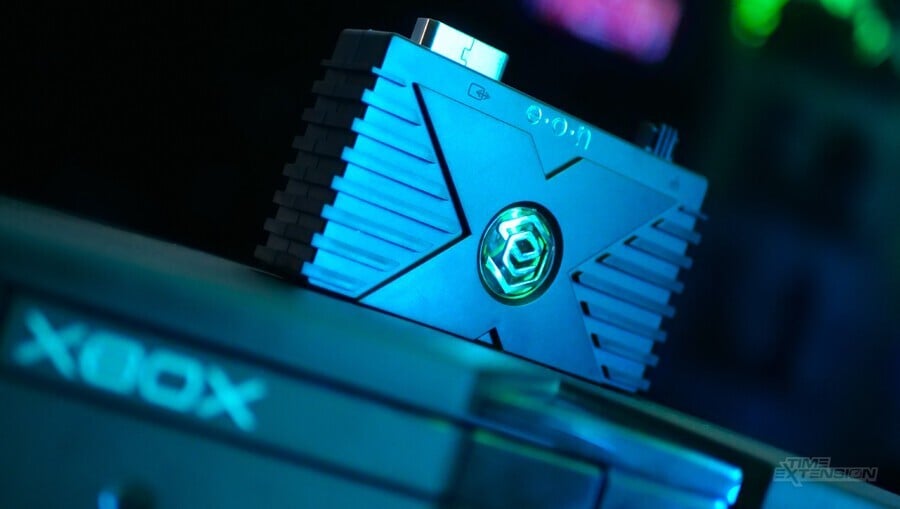
The original Xbox was a groundbreaking system in so many ways. It arguably popularised the idea of building a home console from PC components (a trend which continues to this day) and it laid down the foundations for modern online gaming via its Xbox Live service. It's also the machine that marked the seriousness of Microsoft's intentions when it came to video gaming – and, for better or worse, the company is now one of the major players in the industry thanks to its ownership of studios like Bethesda and Activision.
While the historical legacy of the Xbox cannot be overlooked, playing on the system today is often a humbling experience. While it still serves as a bridge between the PS2 and Xbox 360 – boasting improved games which often looked better than their Sony counterparts – it lacks HDMI connectivity, and getting it up and running on modern televisions can lead to somewhat unsatisfactory results. The Xbox's Component cables were cutting edge back at the turn of the millennium, but now they don't provide the kind of picture quality we're used to in this era of super-sharp TVs.
That's where EON's XBHD plug-and-play HD adapter comes in. This dinky black box slots into the back of your Xbox system (into the ethernet and AV ports, to be precise) and brings the console up to speed when it comes to picture quality and local multiplayer connectivity. The case design mimics the look of the Xbox hardware, which means it blends in effortlessly when attached (although you'll need to make sure there's a little more space at the back of the console to accommodate it).
Let's start with the most important aspect of the XBHD: the HDMI output. The unit includes two HDMI ports, allowing you to output the video signal to two devices. This is handy if you're planning on doing video capture and want to feed the signal into a capture card as well as your main TV – or if you need to display the image on two screens, perhaps for a video game tournament or other gaming event.
EON claims that the XBHD outputs the highest possible video signal without introducing any input latency, and we'd certainly have to agree, based on the alternatives. It's a huge step up when compared to both RGB SCART and Component, and we didn't notice any sluggishness when it came to controller inputs being reflected on-screen.
However, if you're expecting super-sharp image quality akin to that seen on modern-day systems, then you may come away a little disappointed. While the image is indeed sharper than it is when using legacy AV connections, it falls short of what you'd get from, say, an Xbox Series X running an older game via backwards compatibility – or an original Xbox console that's been modded internally for HDMI output. It's also a little less sharp than running the Xbox Component signal through an upscaler like the RetroTINK – although it should be noted a decent upscaler costs more than the XBHD does. There have been reports of the image being a little dark, too, which we can't say we noticed too much – it naturally depends on the game, and a fix (of sorts) is available.
Even so, it's remarkable to see titles looking so good on a modern-day television – remember, these are games that were intended to be played on a standard-definition CRT TV. We also love the fact that the device doesn't require its own power supply – a big bonus for those of us who don't want a million additional cables clogging up our living room entertainment centres.
The other big selling point is the ability to link up three other consoles via the LAN ports for local multiplayer – a feature we were sadly unable to test, due to the fact that we only have a single Xbox console in our office. The XBHD also has a 3.5mm jack which supports both analog and optical audio, allowing you to connect headphones or link up the console to your fancy Hi-Fi setup for the best possible sound.
The XBHD's price might be off-putting for some, especially when there are HDMI cables on the market which claim to perform the same task for far less money. However, these cables deliver a sub-par experience compared to EON's offering, so, if you're keen to get the best possible image from your Xbox and don't fancy the outlay of an upscaler, then this is worth a shot – as long as your expectations aren't sky-high going in.
Please note that some external links on this page are affiliate links, which means if you click them and make a purchase we may receive a small percentage of the sale. Please read our FTC Disclosure for more information.
Massive thanks to EON for supplying the XBHD unit used in this review.
